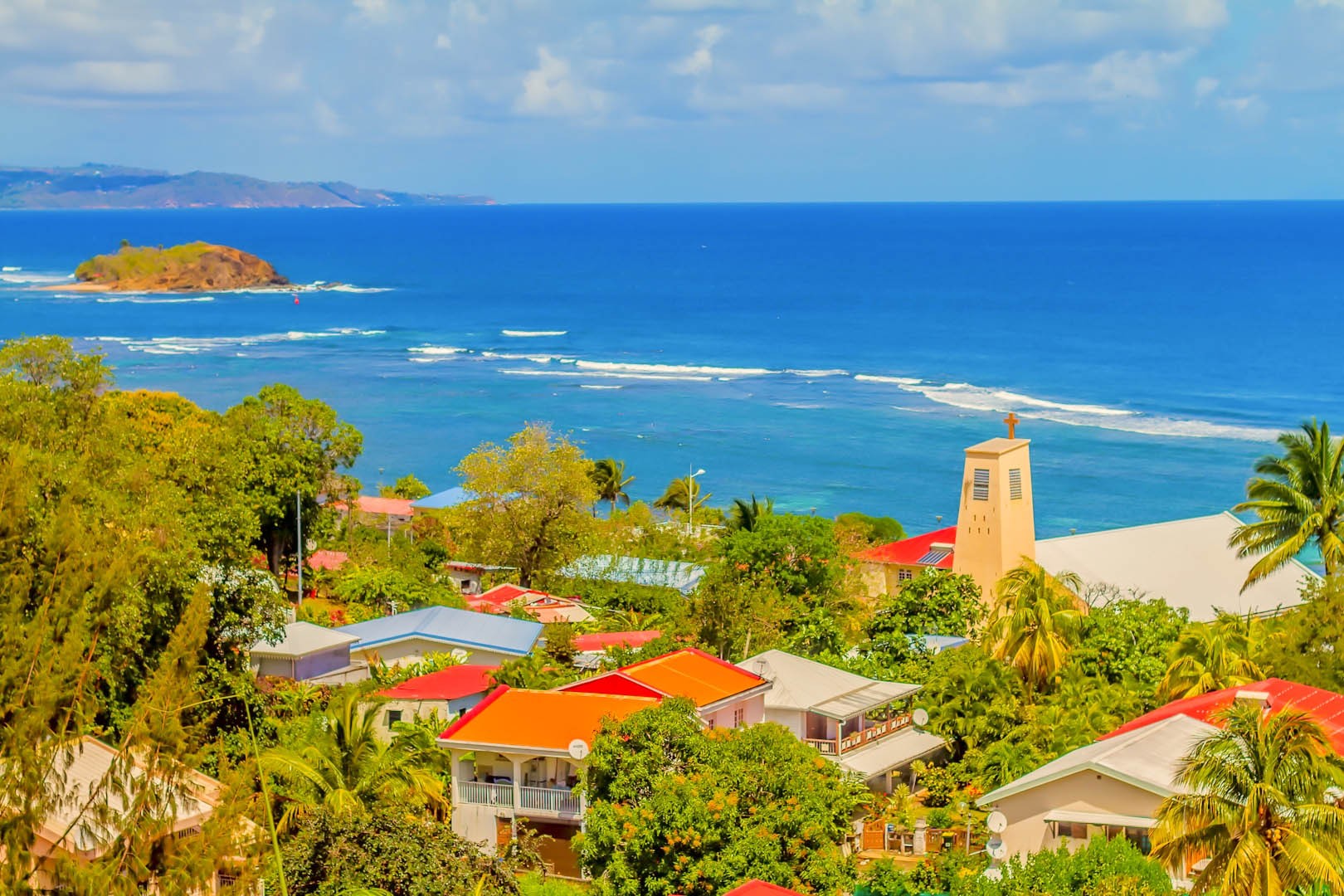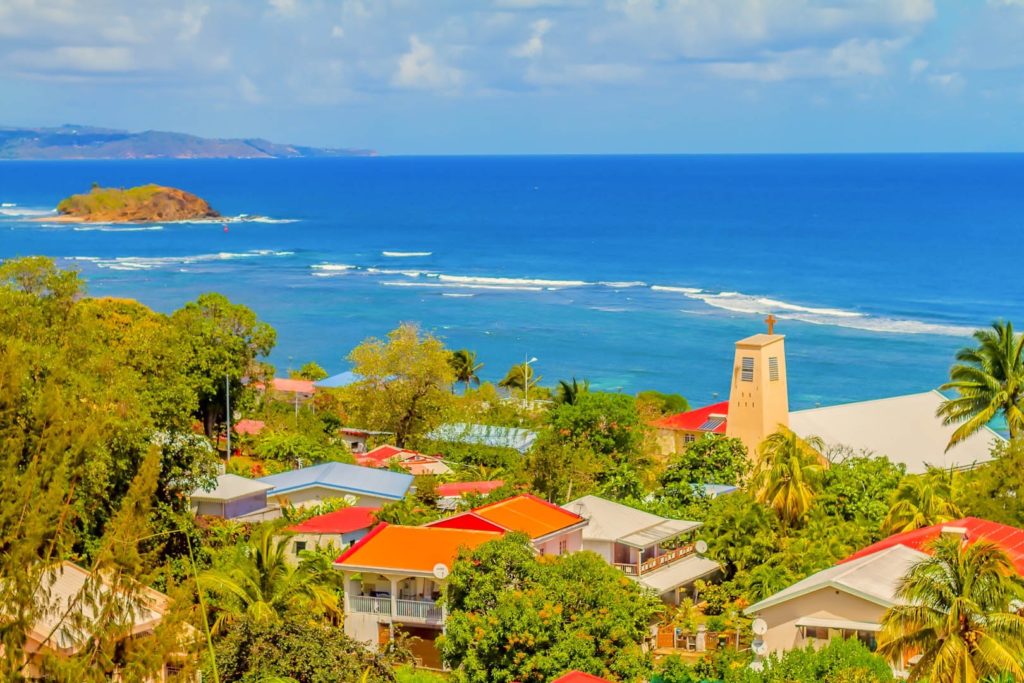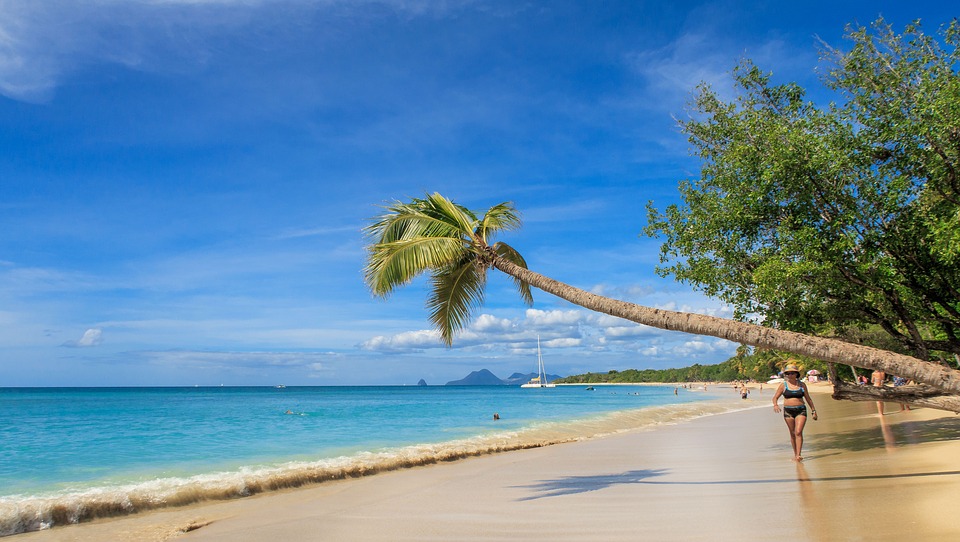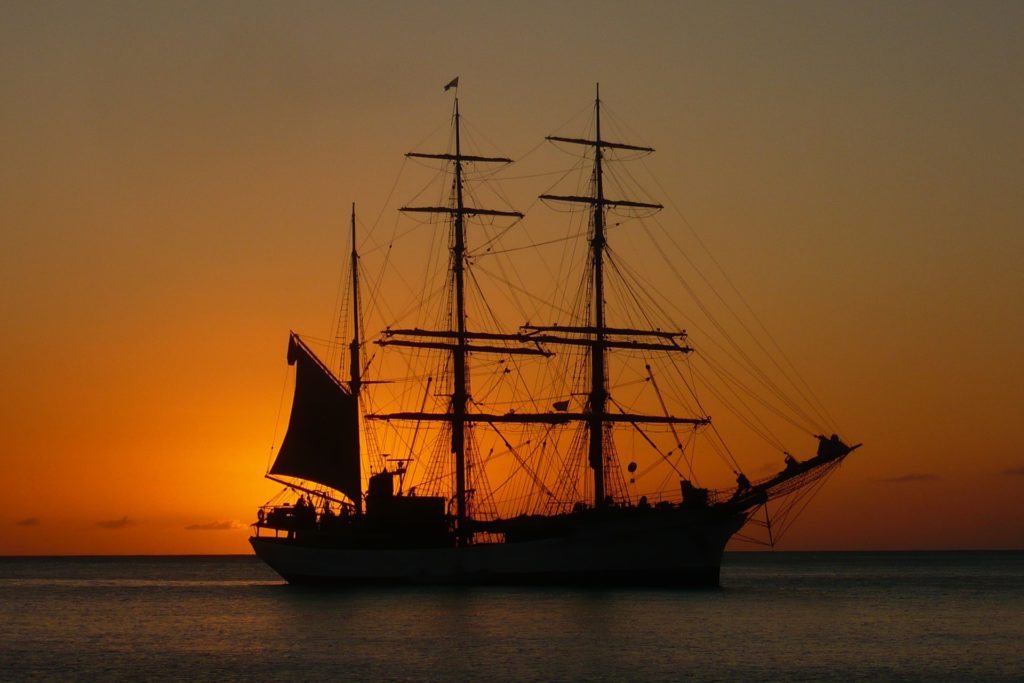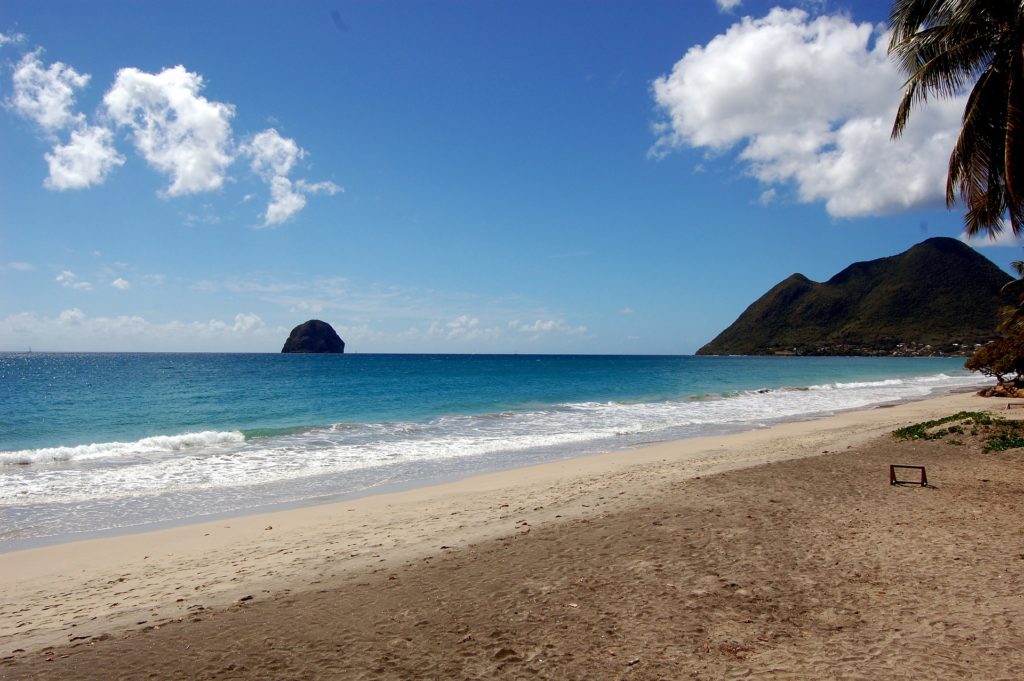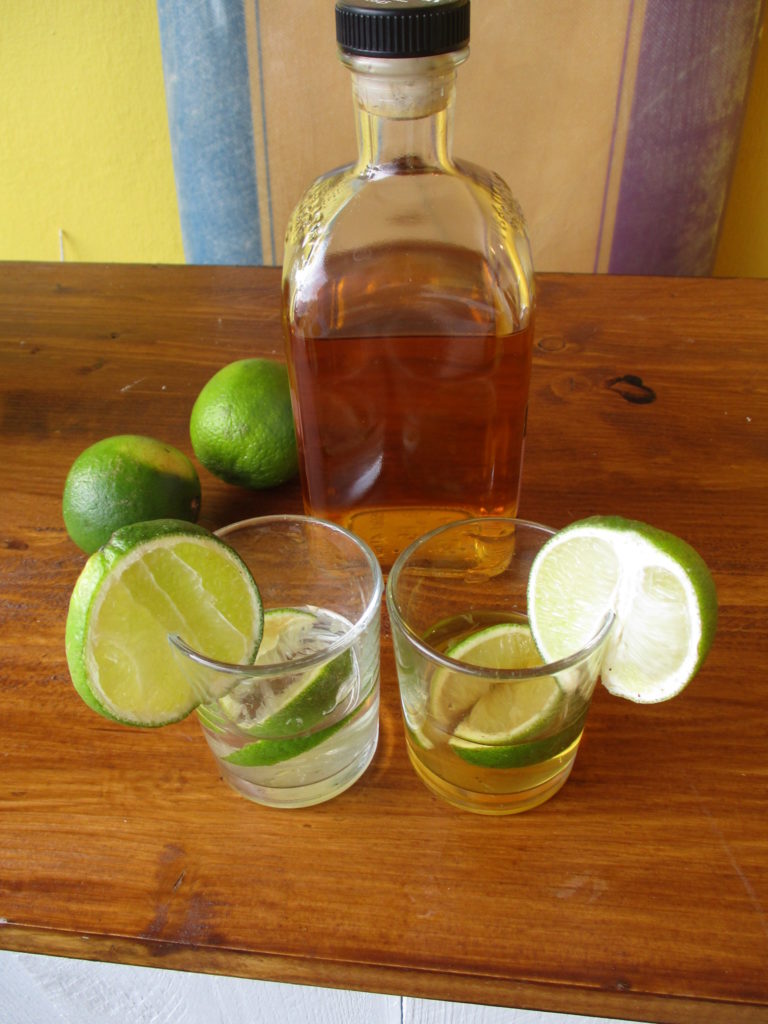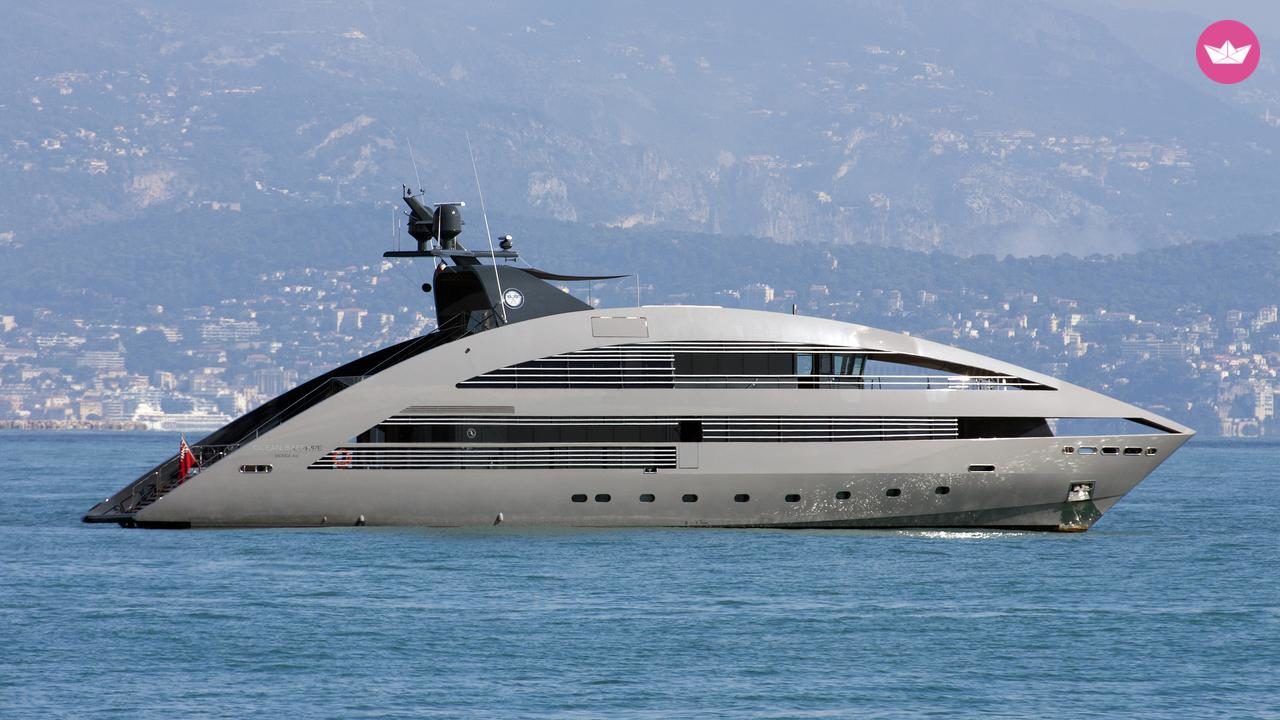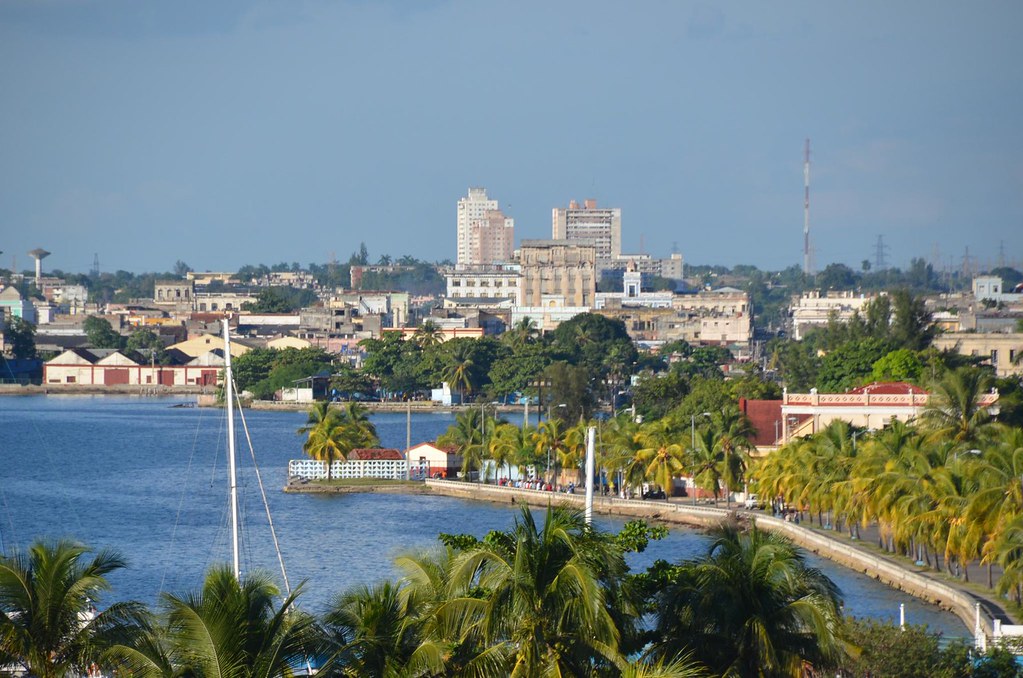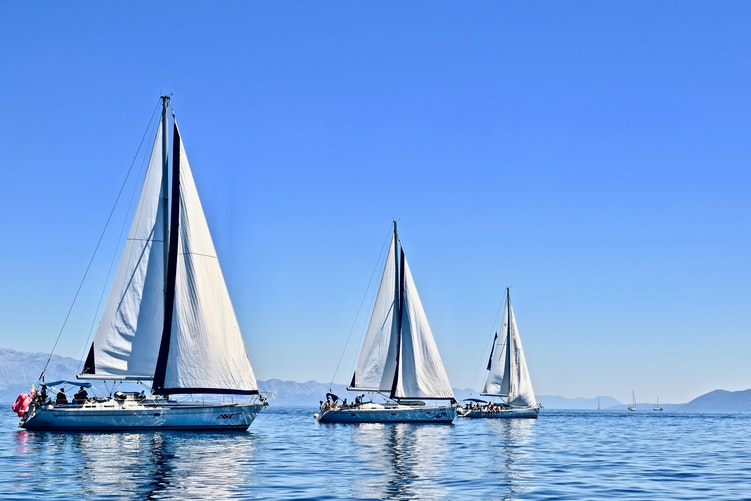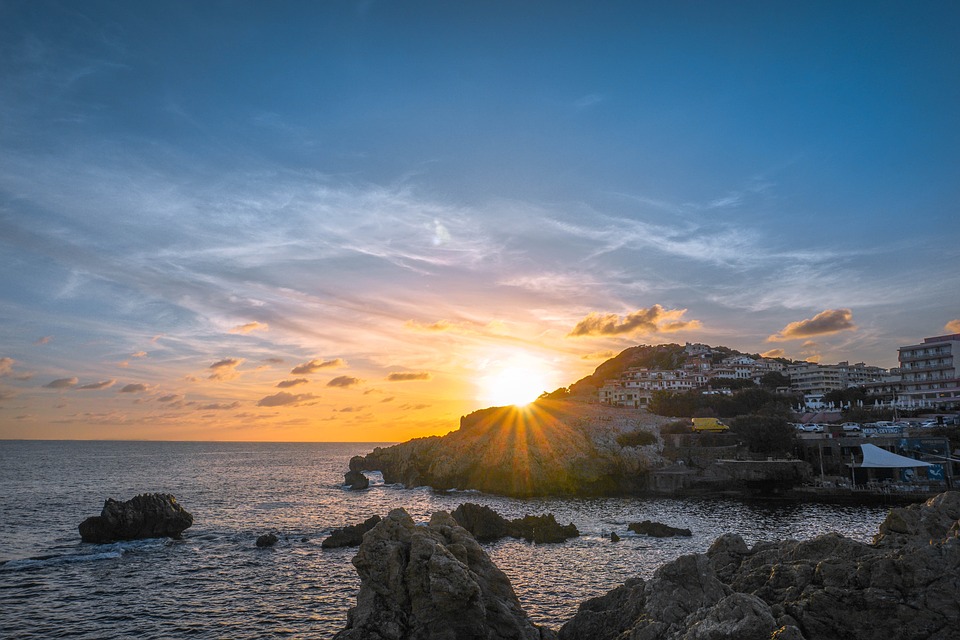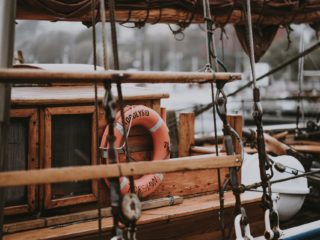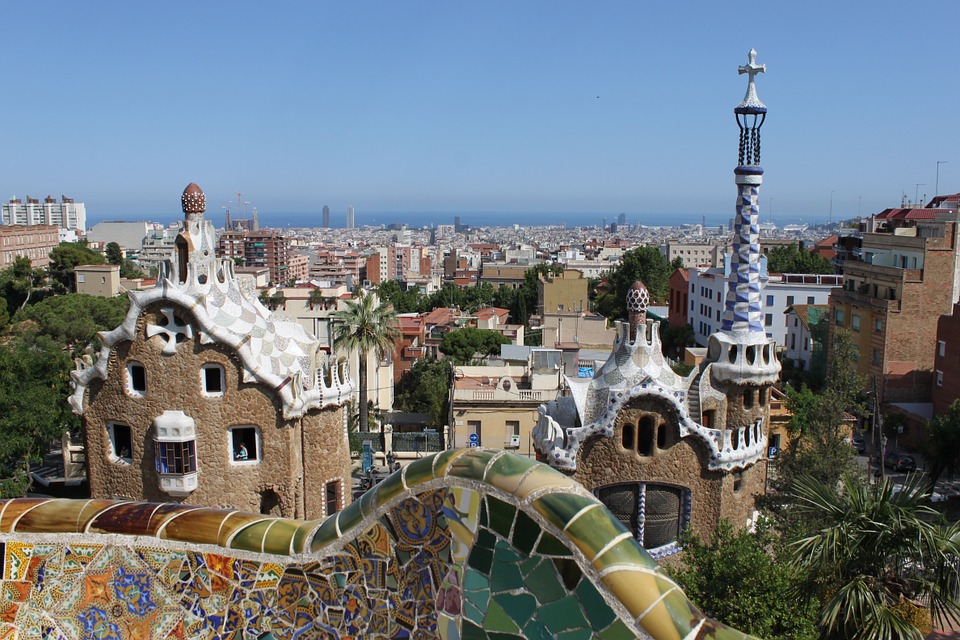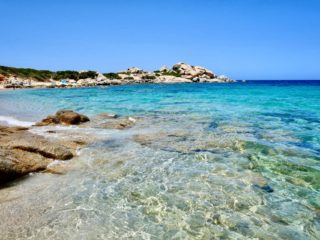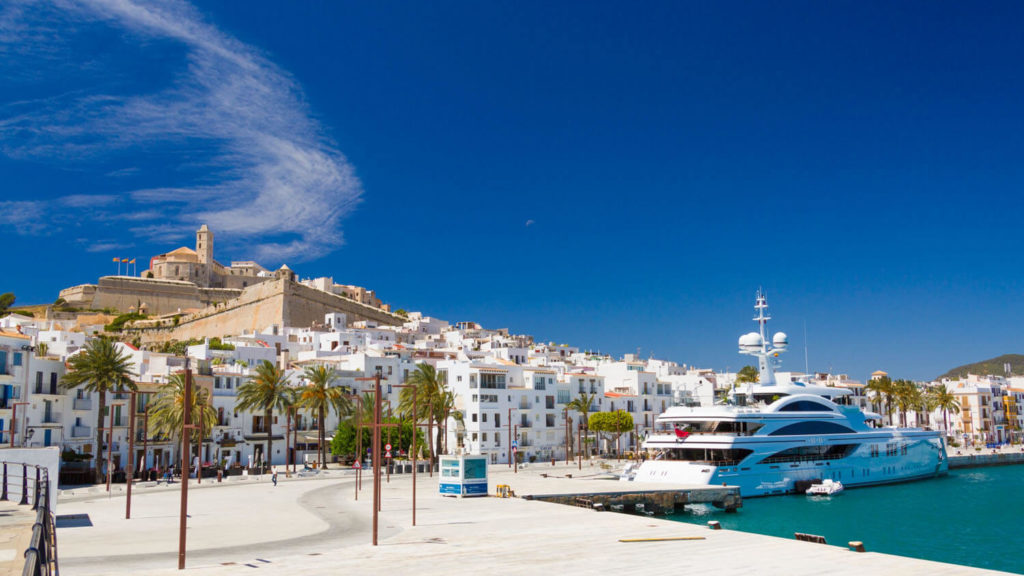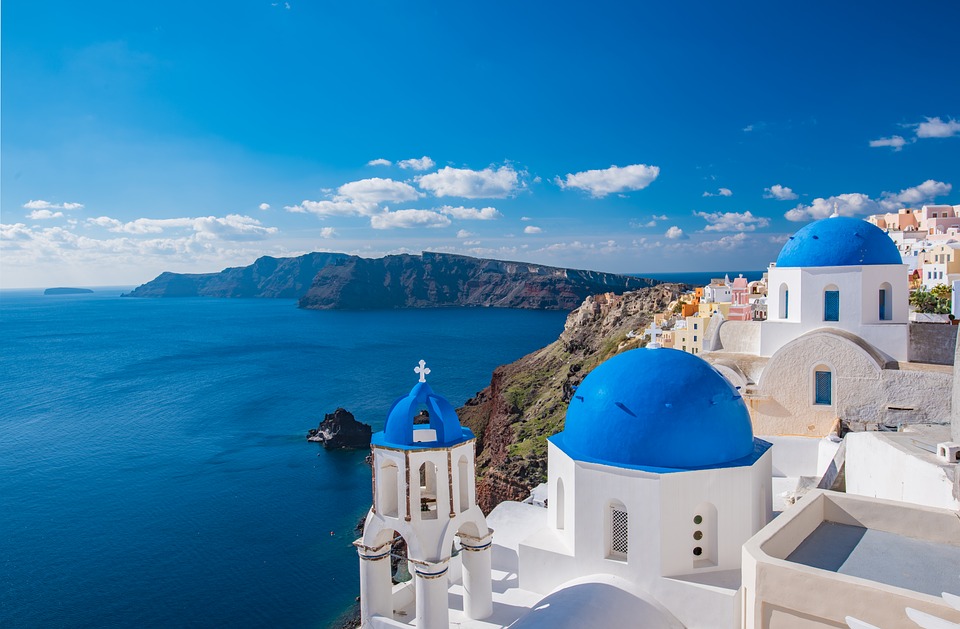Share the post "Discover Martinique, the ‘Flower Island’ of the Caribbean"
What comes to mind when you hear the word ‘Martinique’? Surely rum, cocktails by the beach and Caribbean chill-out vibes. Well, you will find all that in this little paradise in the Lesser Antilles. The climate is indeed tropical, the landscape is volcanic and the beaches are idyllic and sandy. But to discover Martinique in all its Caribbean glory, you will have to dig a bit deeper.
A little paradise of many colours
The ‘flower island’, as Martinique is known, is more than the typical Caribbean tourist destination. Nature lovers for example will be enchanted by its lush rainforests, crystal-clear lagoons, waterfalls and rivers, as well as the steep cliffs along the coast. Hiking buffs will enjoy climbing Mount Pelee, a volcano (last erupted in 1932) that is one of Martinique’s landmarks. Another option is to explore the nature reserve in the peninsula of Caravelle or the island’s savannas and mangroves swamps.
The island’s original name is ‘Madinina’, meaning ‘flower island’ in the local Creole language. It’s a well-deserved name, since Martinique is home to a palette of exotic flowers of all colours: Cassava, Hibiscus, Oleander, Rose, Bougainvillea, Orchids, to name just a few. As for the fauna, you will be captivated by the song of humming birds. You many also encounter endangered bird species such as Sucrier, Cinclorcenzia and white breasted Mimo.
Martinique is home to several attractions that are worth visiting, from the 17th-century castle Château Dubuc to the idiosyncratic Banana Museum in Sainte Marie. French influences are evident in the Sacré-Coeur De La Balata, the Caribbean sister of the famous church of Sacré-Coeur in Montmartre, Paris.
A premium sailing destination
Not surprisingly, the island is a prime yachting destination, boasting a coastline stretching along 350 km. Sailing in the west coast is easier, as its coconut-covered bays and coves are protected from the winds. Shoals and white sandbanks make navigation in the east coast trickier. As for marinas, we recommend Le Marin, close to the southern tip of the island; it’s one of the most modern and well-equipped marinas you will find in the Caribbean. Diving and snorkelling are also quite popular here, particularly in Anses d’Arlet and Anse Couleuvre; if you are lucky, you may come across sea turtles! But the best sport for scuba diving is the famous Diamond Bay, another Martinique landmark, on the island’s southern tip. The view of the 175-meter diamond-looking rock from the water or the deck of your boat will take your breath away.
The small village of Les Anses-d’Arlet and St. Pierre’s Bay are two great mooring spots to discover Martinique on a boat. Other options include Sainte Anne, a peaceful anchorage, Baie des Anglais, sheltered by a coral reef, and the small village of Tartan in the Caravelle peninsula.
Sandy beaches are aplenty in Martinique, but Grande Anse des Salines on the south of the island stands out for its length, palm trees and crystal clear waters. The beaches along the peninsula of Saint-Anne are a close second with their calm waters and water sports opportunities.
Blessed by the sun
As a Caribbean destination, Martinique is blessed with almost endless sunshine, the average temperatures round the year being over 30°C. But it’s better to avoid the rainy season, roughly corresponding with the Northern Hemisphere’s summer and autumn.
Discover Martinique, a Caribbean gem with a French character
Culturally, Martinique presents the visitor with an idiosyncratic blend of French elegance, colonial heritage and typically Caribbean joie de vivre, reflected into the island’s architecture. You will find here multi-coloured houses, colonial villas and plantations, often one next to the other.
And did we mention its delicious cuisine? If you have a soft spot for spicy food, try habanero pepper (also called pimento Bondamanjak) one of the spiciest pepper varieties in the world – not for faint-hearted foodies! Martinique’s cuisine is characterised by a mix of French technique and reliance on local produce, combining fritters (try Accra), local spices such as colombo, curry, cassava, seafood (Dorade Grilee is a must) and breadfruit. As for drinks, the local rum is one of the best in world. Try Ti Punch, a traditional drink whose main ingredient is rhum agricole (cane juice rum).
Overall, Martinique is more than a typical Caribbean destination, combining French elegance and the sweet allure of the West Indies. And if you ever tire of its enchanting mystique, you can sail to the nearby island of Saint Lucia, a British colony that couldn’t be more different Martinique.

